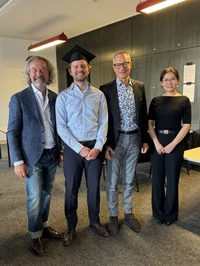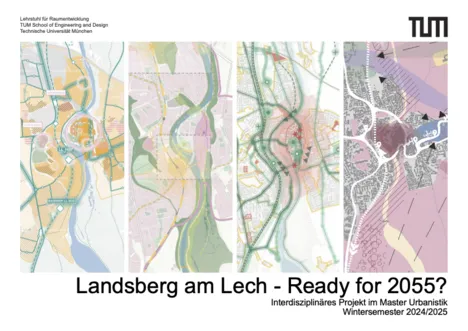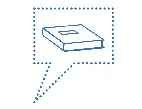The MCube cluster project "BeneVit" releases their recommendations to better plan and assess new infrastructure investments. From the Chair of Urban Development at TUM, Mathias Heidinger contributed to the publication.
The mobility transition poses major challenges for metropolitan regions. On the one hand, the diverse mobility needs of the population need to be addressed to enable everyone to participate in social life equally. On the other hand, the urgency to meet climate targets is increasing steadily. In general, sustainable development goals such as inclusion and climate protection have become more relevant, alongside the fluidity of transport. As a result, priorities in the design of urban spaces have changed. Transport infrastructure projects play a critical role in the planning of urban areas. A functioning infrastructure guarantees accessibility to everyday facilities such as schools, workplaces, doctors and super- markets and thus contributes to the quality of life in metropolitan areas. Newly constructed transport infrastructure therefore offers enormous potential to facilitate social partici- pation, economic value creation and knowledge exchange. However, such projects usually involve considerable investments, complex planning and lengthy construction processes. Consequently, in the planning phase positive and negative impacts of a project should be thoroughly evaluated to serve as a basis for decision-making. To evaluate transport infrastructure projects benefit-cost analyses are the common stan- dard. They express possible advantages and disadvantages of a project in monetary terms and then summarise them in a final indicator - the so-called benefit-cost ratio. If the benefits outweigh the costs of a project, it is categorised as economically viable. In Germany, this is an important prerequisite
for the realisation of an infrastructure project, as public funding is only available on this condition. As 75% of the investment costs of public transport infrastructure projects are usually covered by the federal government, it is difficult to imagine realisation without this support. In this Innovation Recommendation, we present four approaches to improve the assessment of transport infrastructure projects. The recommendations are primarily aimed at decision-makers and transport planners in politics, administration, science and business.
It's accessible here.


